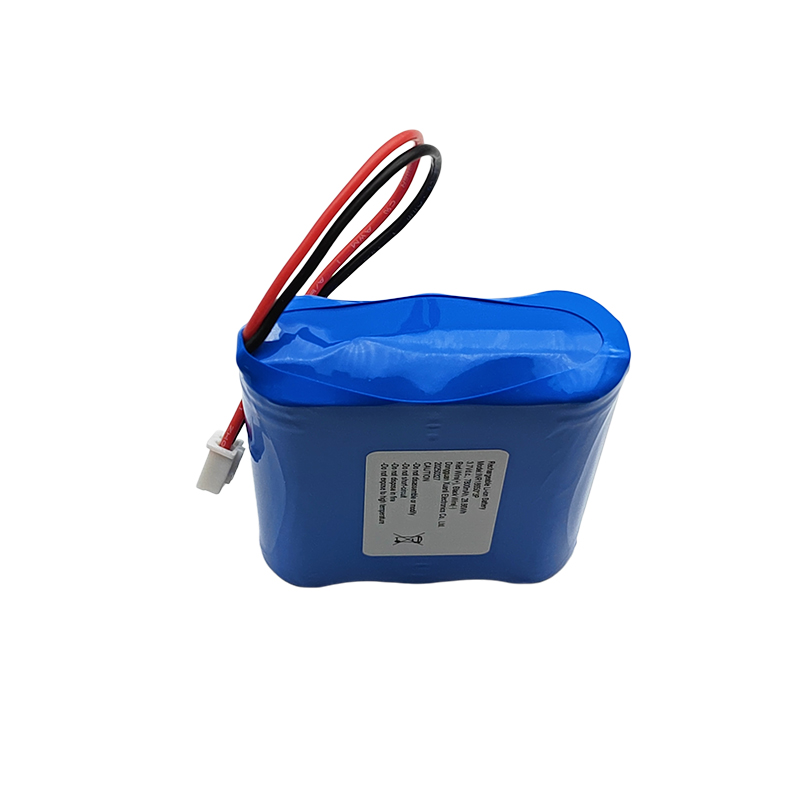Parameters and characteristics of lithium iron phosphate batteries
Lithium iron phosphate battery (LiFePO ₄ battery) is a lithium-ion battery widely used in fields such as electric vehicles and energy storage systems due to its high safety, long cycle life, and environmental characteristics. The following is a summary of its key parameters and characteristics:

Key parameters
1.Nominal voltage
3.2V (single cell), lower than ternary lithium batteries (3.6-3.7V).
2.Working voltage range
Usually ranging from 2.5V to 3.65V (discharge cut-off voltage to charge cut-off voltage).
3.Energy density
Mass energy density: 90-160 Wh/kg (lower than 200-300 Wh/kg of ternary lithium).
Volume energy density: 220-300 Wh/L (varies depending on packaging technology).
4.Cycle life
≥ 2000 times (80% capacity retention rate), some can reach over 5000 times (under shallow charging and discharging conditions).
5.Self discharge rate
1-3% per month (better than lead-acid batteries, close to ternary lithium).
6.Temperature range
Working temperature: -20 ℃ -60 ℃ (weak performance at low temperatures, good stability at high temperatures).
Storage temperature: -40 ℃ -60 ℃ (long-term storage recommended below 25 ℃).
7.Internal resistance
The internal resistance of a single battery is about 5-30m Ω, and it supports high rate discharge (5C-10C).
Core features
1.High security
The crystal structure is stable (olivine structure), with a thermal runaway temperature of up to 270 ℃ (about 200 ℃ for ternary lithium), and excellent resistance to overcharging and short circuits.
2.Long cycle life
Suitable for scenarios that require frequent charging and discharging, such as energy storage and electric buses, with a lifespan of over 10 years.
3.Excellent high-temperature performance
The capacity attenuation is relatively small at 60 ℃, making it suitable for applications in high-temperature environments.
4.Environmentally
Free of high priced/toxic metals such as cobalt and nickel, making recycling and disposal easier.
5.Poor low-temperature performance
-At 20 ℃, the capacity drops to 60-70%, and a heating system is needed to improve low-temperature use.
6.Flat discharge platform
During the discharge process, the voltage fluctuation is small (around 3.2V), making it easy to monitor the power level.
7.Low cost
The raw materials (iron, phosphorus) are abundant, and the manufacturing cost is lower than that of ternary lithium batteries.
Typical application areas
New Energy Vehicles
Commercial vehicles (buses, logistics vehicles), BYD Blade Battery (LFP) models.
Energy Storage Systems
Home energy storage, grid-level energy storage (e.g. Tesla Megapack).
Power tools/two-wheelers
Scenarios requiring high safety and long life.
UPS/Standby Power
Data centers, communication base stations, etc.
Li-FePO4 batteries dominate in safety and life-sensitive areas due to their unique advantages, but energy density and low-temperature performance limitations need to be weighed against specific needs.
Post time: Apr-29-2025